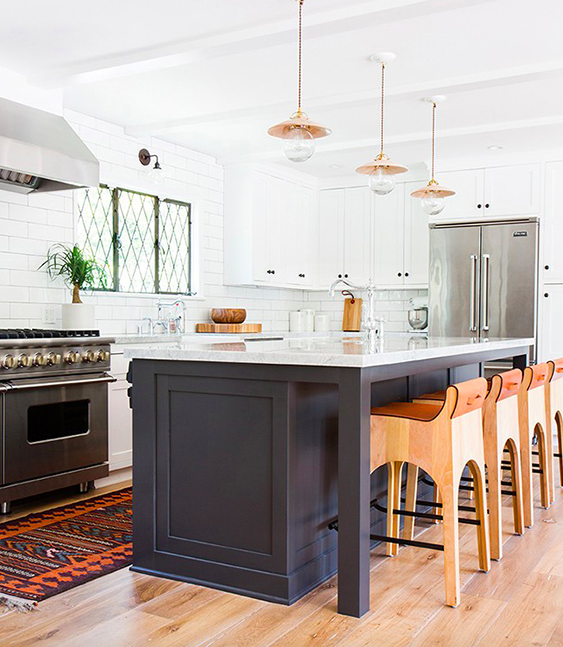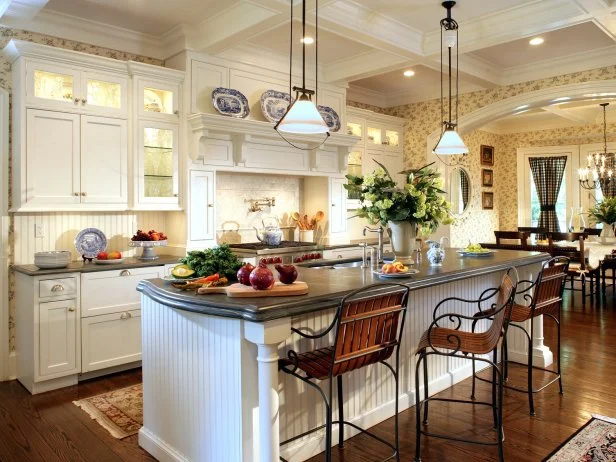Attain the Perfect Balance of Form and Function with Legs For Kitchen Island
Important Elements to Consider When Selecting Legs For Kitchen Island
Picking the appropriate legs for a kitchen island entails a mindful analysis of several elements that can significantly influence both capability and visual allure. Amongst these, the option of product plays an essential duty in making certain resilience, while the layout has to enhance the existing decoration. Considerations such as elevation and weight assistance are important for security and comfort. As we explore these components, it ends up being clear that each decision can have far-ranging ramifications for the overall cooking area experience. What nuances should be taken into consideration in each of these classifications to achieve the ideal equilibrium?
Product Options
When picking legs for a kitchen area island, recognizing the various material alternatives is important for attaining both visual appeal and architectural honesty (Legs For Kitchen Island). The choice of material dramatically influences not only the longevity of the island but likewise its total layout and functionality
Wood is a preferred choice, providing warmth and convenience. Strong hardwoods, such as oak or maple, offer stamina and can be tarnished or repainted to match the kitchen design. Metal legs, commonly made from stainless-steel or wrought iron, contribute a modern and commercial feel while guaranteeing toughness and security. These products are immune to put on and can sustain considerable weight, making them excellent for bigger islands.
An additional alternative is crafted materials, like MDF or plywood, which can be much more affordable while still providing a series of finishes. However, they might not give the very same degree of stability as solid timber or steel. Products such as acrylic or glass can create a modern appearance, though they may call for extra support to ensure security.
Eventually, the selection of product for kitchen area island legs should straighten with the preferred functionality and the total style of the kitchen.
Design And Style

When thinking about design, the form and surface of the legs are essential. Conical legs can give a feeling of agility and elegance, while thicker, more robust legs can convey strength and stability. Additionally, the finish-- be it painted, tarnished, or all-natural-- need to enhance the cabinets and counter top materials to produce a unified look.
Furthermore, the design of the legs can also reflect individual preference. Custom-made or ornamental legs, such as those including elaborate carvings or distinct geometric shapes, can act as focal factors, including character and personality to the kitchen. Ultimately, the right choice will certainly not just improve functionality yet additionally raise the aesthetic allure, making the cooking area island a standout function of the home.
Height Factors To Consider
Picking the proper height for cooking area island legs is critical, as it straight impacts both capability and convenience. The basic height for a cooking area island normally ranges from 36 to 42 inches, straightening with typical countertop elevations. A 36-inch height is ideal for food prep work and cooking, permitting for comfortable usage of kitchen area appliances and devices. Conversely, an elevation of 42 inches is typically preferred for islands meant for bar seating, fitting taller stools and using a casual eating experience.

It is additionally vital to make up individuals' preferences and heights. Tailoring the elevation can guarantee a comfy experience for all relative, making the kitchen island an extra satisfying and functional space.
Weight Assistance
Guaranteeing adequate weight assistance for kitchen area island legs is essential for both security and functionality. The cooking area island typically offers several purposes, consisting of cooking, eating, and additional storage space, necessitating a robust assistance framework. When picking legs, it is critical to think about the general weight capacity called for based upon the island's planned visit the website use and the materials that will certainly be positioned on it.
The selection of material for the legs plays a substantial role in their weight-bearing abilities. Strong wood, steel, and sturdy composites usually offer remarkable strength compared to lighter products. Additionally, the design of the legs-- whether they are directly, tapered, or have a pedestal kind-- can influence their capability to disperse weight effectively across the framework.
Always speak with the maker's specs relating to tons limitations to make sure that the legs can maintain the designated weight without jeopardizing security. In summary, selecting kitchen island legs with adequate weight assistance is essential for creating a secure and useful culinary space.
Installation and Upkeep
Correct setup and maintenance Continue of kitchen island legs are critical for ensuring long life and security. To begin, it is necessary to follow the supplier's guidelines throughout installment. This commonly includes securing the legs to the space station utilizing suitable fasteners, making certain that the legs are degree and aligned. Making use of a degree tool can aid stop wobbling and boost the general visual charm of the kitchen island.
When installed, routine upkeep is required to maintain the stability and look of the legs - Legs For Kitchen Island. For wood legs, regular cleansing with a damp fabric and application of suitable wood gloss can prevent wetness damages and maintain their coating. Metal legs may call for a gentle cleaning remedy to remove grease and crud, followed by a dry towel to prevent rust development
Additionally, examine the legs regularly for signs of wear or damage, such as splits or loosened joints. Tightening screws or bolts as needed can also extend the life expectancy of the legs. By sticking to these installation and upkeep practices, homeowners can guarantee that their kitchen area island continues to be strong and aesthetically appealing for years to come.
Final Thought

Visual comprehensibility is paramount in choosing the design and layout of legs for a cooking area island, as these elements considerably affect the total ambiance of the space. Tapered legs can supply a feeling of agility and elegance, while thicker, much more durable legs can communicate toughness and security.Choosing the appropriate height for kitchen area island legs is vital, as it straight influences both capability and comfort. In summary, selecting kitchen island legs with sufficient weight support is necessary for developing a useful and secure cooking room.
In verdict, selecting legs for a kitchen island necessitates careful consideration of various factors, consisting of product alternatives, design, height, weight support, and installation.